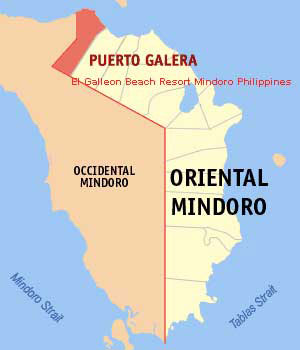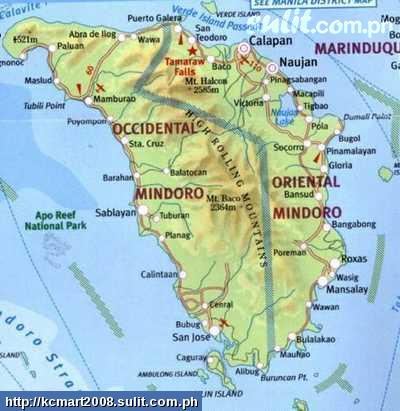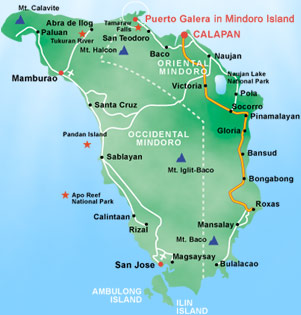
-
МјРЇСІИёСЖШИМі
-
 И№ОЫ КИОЫ Йъ ЗЛЦЎЧЯБт~ ИЎСЖЦЎ ПЙОрБюСі
И№ОЫ КИОЫ Йъ ЗЛЦЎЧЯБт~ ИЎСЖЦЎ ПЙОрБюСі 89,452
89,452 -
 [ЧЪИЎЧЩ ММКЮ] ФЋИ№ХзНК ПЉЧр 100Йш СёБтБт
[ЧЪИЎЧЩ ММКЮ] ФЋИ№ХзНК ПЉЧр 100Йш СёБтБт 48,879
48,879 -
 ИЖДвЖѓ НУГЛ - ИЎРп АјПјСЄКИ. (ЛчСј 16Рх ЦїЧд)
ИЖДвЖѓ НУГЛ - ИЎРп АјПјСЄКИ. (ЛчСј 16Рх ЦїЧд) 30,787
30,787 -
 ММКЮРЧ СіПЊСЄКИ15,527
ММКЮРЧ СіПЊСЄКИ15,527 -
 ИЖДвЖѓ БйБГ - ЕћАЁРЬЕћРЬ ПЉЧр СЄКИ14,339
ИЖДвЖѓ БйБГ - ЕћАЁРЬЕћРЬ ПЉЧр СЄКИ14,339 -
 [ЧЪИЎЧЩ ММКЮ/ИЗХК] ШЃХк МїЙк ПфБн Йз СЄКИ13,316
[ЧЪИЎЧЩ ММКЮ/ИЗХК] ШЃХк МїЙк ПфБн Йз СЄКИ13,316 -
 КИЖѓФЋРЬРЧ И№Еч И№НРРЛ КММі РжДТ ЛчСјУИ.13,130
КИЖѓФЋРЬРЧ И№Еч И№НРРЛ КММі РжДТ ЛчСјУИ.13,130 -
 ИЖДвЖѓ БйБГ - ЦХЛѓЧб ЦјЦї ПЉЧрСЄКИ12,828
ИЖДвЖѓ БйБГ - ЦХЛѓЧб ЦјЦї ПЉЧрСЄКИ12,828 -
 [ММКЮ-ЙшМБТјРх] МБЙкШИЛч РќШЙјШЃПЁПф~12,442
[ММКЮ-ЙшМБТјРх] МБЙкШИЛч РќШЙјШЃПЁПф~12,442 -
 ИЖДвЖѓ СіПЊ(ПЁИЃЙЬХИ -ИЛЖѓХз)РЧ СіЕЕ/ЧбБЙ РННФСЁ/МюЧЮИє12,109
ИЖДвЖѓ СіПЊ(ПЁИЃЙЬХИ -ИЛЖѓХз)РЧ СіЕЕ/ЧбБЙ РННФСЁ/МюЧЮИє12,109



Mindoro (Tagalog pronunciation) the seventh-largest island in the Philippines. It is located off the coast of
Luzon, and northeast of Palawan. The southern coast of Mindoro forms the northeastern extremum of the
In past times, it has been called Ma-i or Mait by ancient Chinese traders and, by Spaniards, as Mina de Oro
(meaning "gold mine") from where the island got its current name. The island was once a single province from
1920 to 1950 when it was divided into its two present-day provinces, Occidental Mindoro and Oriental Mindoro.
According to the late historian William Henry Scott,[2] an entry in the official history of the Sung Dynasty for the
year 972 mentions Ma-i as a trading partner of China. Other Chinese records referring to Ma-i or Mindoro appear in the years that follow.
Prehispanic Source Materials enumerates the products that Mindoro traders exchanged with the Chinese as
"beeswax, cotton, true pearls, tortoise shell, medicinal betelnuts and yu-ta [jute?] cloth" for Chinese porcelain,
trade gold, iron pots, lead, colored glass beads and iron needles.
The economy of Mindoro is largely based on agriculture. Products consist of a wide variety of fruits, such as
citrus, bananas, lanzones, rambutan, and coconuts, such cereals as rice and maize, sugar cane, peanuts,
fish (catfish, milkfish, tilapia), livestock, and poultry. Logging and the mining of marble and copper also thrive.
Tourism is a lucrative business as well, with locations such as Apo Reef National Park, Lubang Island,
Puerto Galera, Sabang Beach, and Mount Halcon. Puerto Galera's beaches are the island's most known
tourist attraction and are widely visited.
The principal language in Mindoro is Tagalog, although in some parts it has been greatly influenced by the
native Visayan and Mangyan languages. Mainstream Filipino and Taglish are, indeed, present in and around
such areas as Puerto Galera, Pinamalayan, and Calapan City. Visayan and Mangyan languages, too, are spoken on the island, as are Ilokano and some foreign languages — e.g., English, Fukien, and, to a much lesser
extent, Spanish.
The common religions on the island fall under Christianity. The religion of the indigenous Mangyan population
is animism. Though they are into animism as a religion, the Catholic Church in some of Mindoro's parts is
also active.
- ЁЄ
- ЁЄ
- ЁЄ
- ЁЄryWvMVxeet
- ЁЄryWvMVxeet
- ЁЄryWvMVxeet\'\"\\(
- ЁЄryWvMVxeetщ\'\"\\(
- ЁЄryWvMVxeet
- ЁЄryWvMVxeet
- ЁЄryWvMVxeet
- ЁЄryWvMVxeet
- ЁЄryWvMVxeet
- ЁЄryWvMVxeet
- ЁЄryWvMVxeet
- ЁЄryWvMVxeet















 ЧЪРкДхФФ ОпАЃЛѓДу ПРЧТ
ЧЪРкДхФФ ОпАЃЛѓДу ПРЧТ 12ГтПЌМг МвКёРкИИСЗ 1РЇ
12ГтПЌМг МвКёРкИИСЗ 1РЇ
 ГЛАд ИТДТ ОюЧаПј УЃБт
ГЛАд ИТДТ ОюЧаПј УЃБт
 ИЎОѓ ЧаБГ ЙцЙЎБт
ИЎОѓ ЧаБГ ЙцЙЎБт
 СжИЛПЁ ГЛАЁ ОЕ КёПыРК?
СжИЛПЁ ГЛАЁ ОЕ КёПыРК? УжАэАЁМККё РЬКЅЦЎ СёБтБт
УжАэАЁМККё РЬКЅЦЎ СёБтБт
 ЧіСіПЁМЕЕ ЧЪРкДхФФ!
ЧіСіПЁМЕЕ ЧЪРкДхФФ! ЧіСіПЁМ АЁДЩЧб
ЧіСіПЁМ АЁДЩЧб









 ЧЪРк ЦЏБо Ч§ХУ! ФСНУОюСі МКёНК
ЧЪРк ЦЏБо Ч§ХУ! ФСНУОюСі МКёНК
































